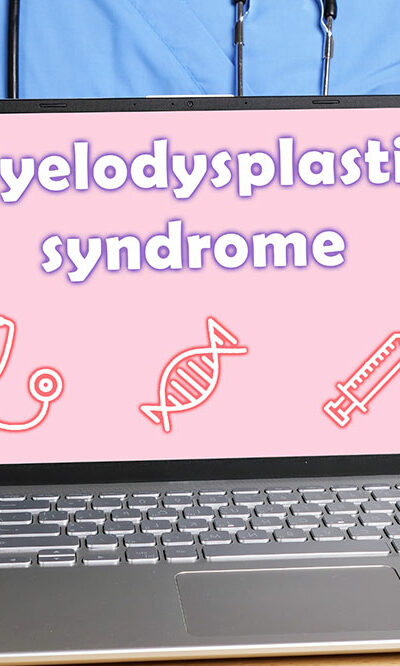
Tips to Manage and Treat Seizures
Epilepsy is a kind of disorder, in which a nerve cell in the brain is disturbed. Due to the disturbance in the nerve cell, a patient faces seizures. There are various treatment options for seizures, but one should remember that there is no cure for this condition. Even though this issue is self-diagnosable, doctors will often ask a patient to go for imaging or lab tests. This article will provide information about the various ways in which people can manage or treat seizures. Things to remember while trying to manage epilepsy and seizures Epilepsy can get into the way of life of a patient as well as the caregiver, especially when seizures happen from time to time. Experiencing seizures can be a big problem as it affects one’s daily life. Be it work, school, or household chores, it changes everything that a person does. If one does not control seizures successfully, then it may lead to severe consequences like: Injury to the patient and others Depression Anxiety Sometimes, it may also result in the death of the patient One should remember that sometimes, epilepsy treatment can tire a patient out as well. Methods for treating epilepsy When it comes to treatment, one can best manage their seizures by taking care of themselves. This treatment option is known as self-management. By using this method, a patient will learn to manage epilepsy, and thus start leading a normal life again, with more activeness and confidence. To successfully self-manage their condition, one should try and talk to others about their problem. Healthcare providers, friends, and family should also be collaborative and supportive. Tips for parents and caregivers Parents should keep several tips in mind for their child if they face seizures from time to time. The same goes for caregivers who are responsible for looking after the patient.










